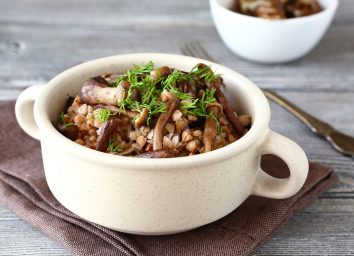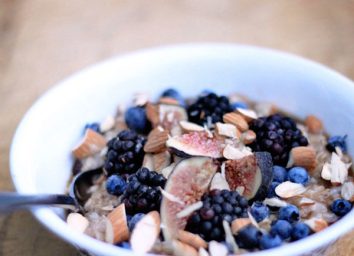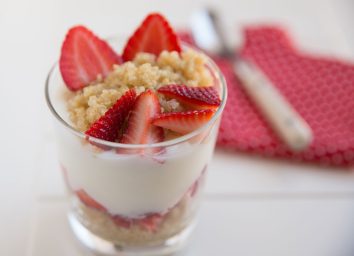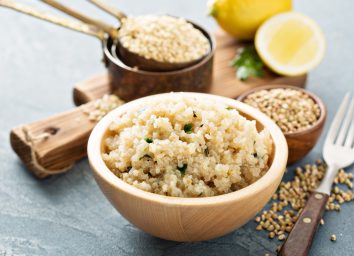Quinoa vs. Millet: Superfood Swaps
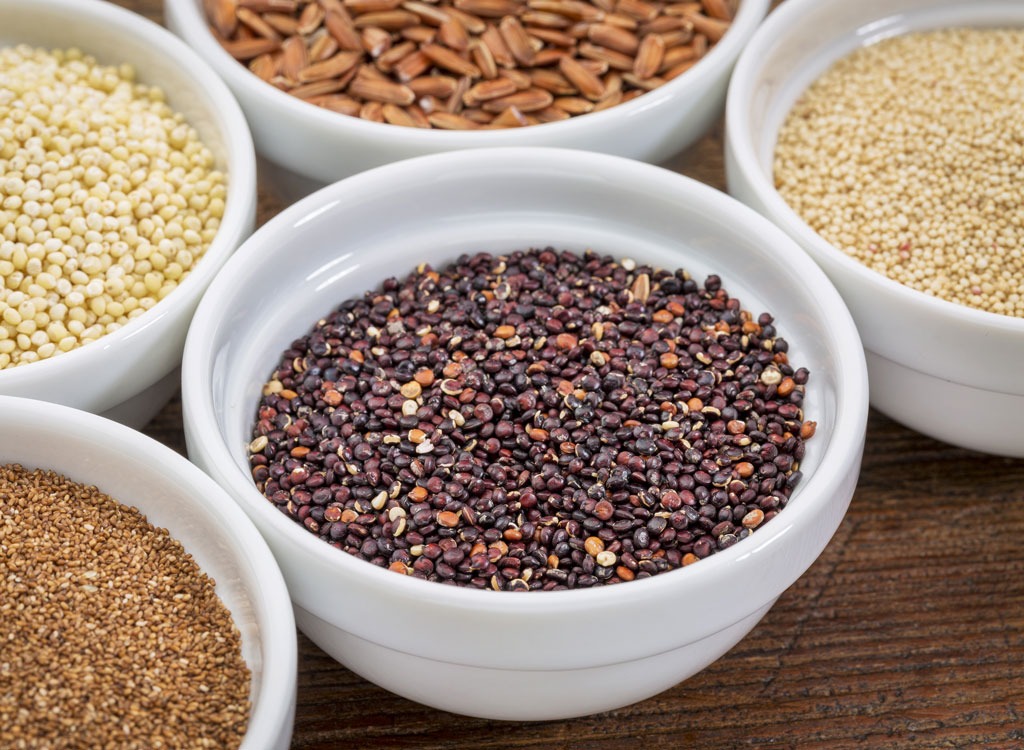
Every day a new must-try superfood hits supermarket shelves, each with a chorus of health experts and foodies claiming the taste, weight loss and health benefits are out of this world. While most of them live up to their gotta-eat-it hype, others, like quinoa, are more difficult for some to swallow. Compared to other grains, whipping up the ancient grain takes a bit of skill—and it doesn’t taste very good if you mess it up, explains Lori Zanini, RD, CDE, Spokesperson for the Academy of Nutrition and Dietetics. “When it’s not properly seasoned or flavored, quinoa can have a dry, earthy taste that some people find unappealing,” she explains. For those who can’t stand the taste, Zanini suggest giving milder-tasting millet a try. When it comes to the battle of millet vs. quinoa, read on to learn how the lesser-known ancient grain stacks up compared to the food world’s golden child.
NUTRITION
“Millet and quinoa are naturally gluten-free, and each provides a solid hit of fiber and magnesium, two nutrients many Americans don’t get enough of,” explains Zanini, adding, “These nutrients regulate blood sugar levels, which is helpful for diabetics and those trying to lose weight.” Millet and quinoa are also both rich in antioxidants, substances that fight-off disease-causing free radicals.
The major nutritional difference between the two grains is their amino acid profiles: While quinoa is a complete protein, millet is not. Complete proteins contain all nine of the essential amino acids the body cannot produce on its own. Although most animal proteins are complete, few plant sources can say the same. Vegans and vegetarians who make the switch to millet should add a new complete source of proteins their diet. Soy, hemp seeds, chia seeds, and Ezekiel Bread all fit the nutritional bill.
PREPARATION
Both supergrains are prepared in the same way and can be used in a variety of dishes. “Millet and quinoa require the same grain to liquid ratio when cooking (1:2) and can be used in pilafs, casseroles, soups, and stews,” says Zanini.
COST
Hands down, millet is the more affordable option. It costs about $2 per pound while quinoa comes in right under the $8 mark.
